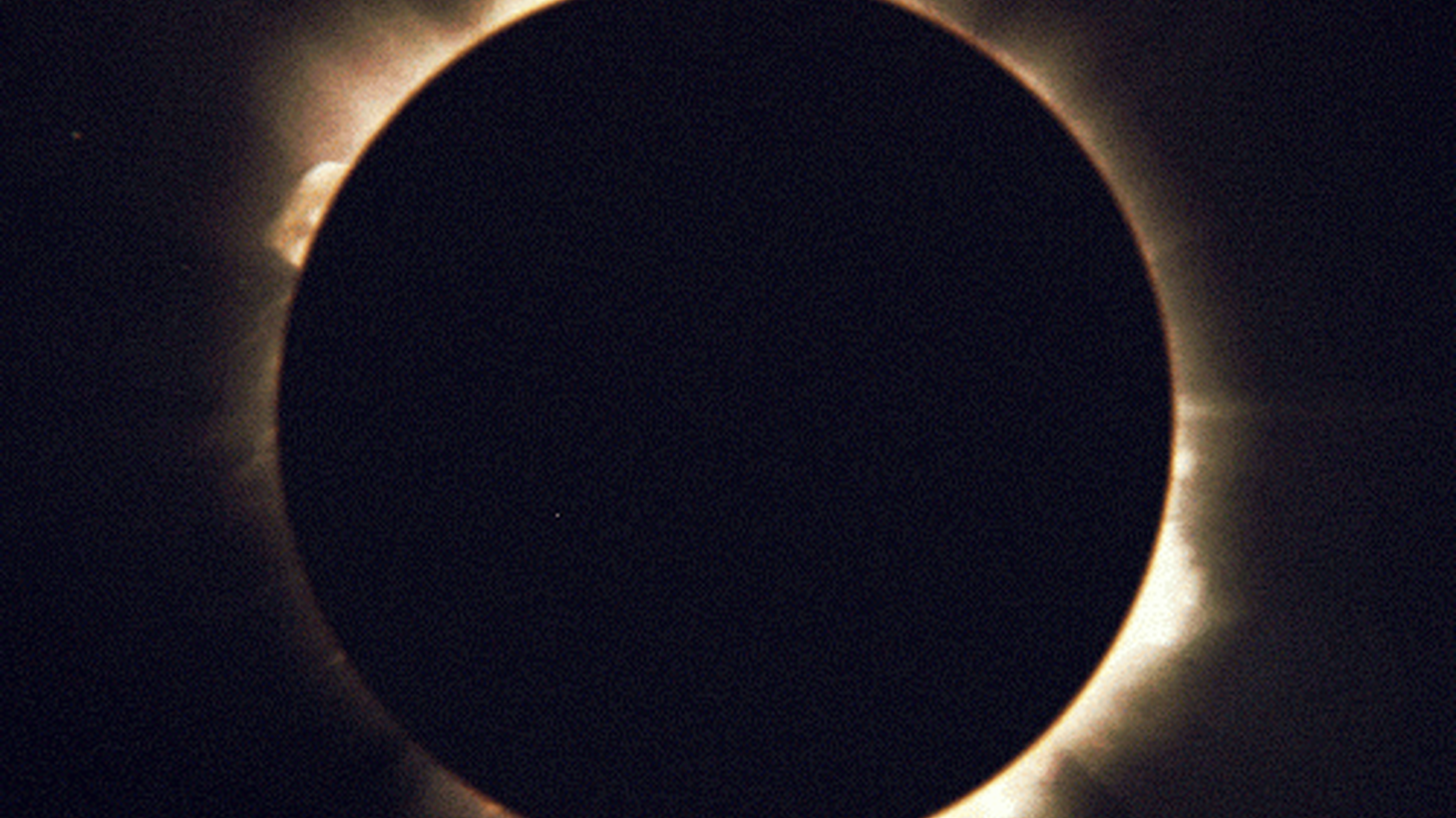Get your solar glasses ready. A week from today, many Americans will have the opportunity to witness a solar eclipse. California is not in the path of totality – meaning the moon won’t completely block out the sun.
But, according to Andy Howell, it’s still worth checking out. Howell is a scientist at the Las Cumbres Observatory Global Telescope Network and teaches physics at UC Santa Barbara.
H e spoke with KCRW’s Larry Perel about what to expect.
In Southern California, it’ll be a partial eclipse
About two thirds of the sun will be blocked out by the moon, but the sky will stay bright. “If you’re looking through eclipse glasses, you’ll see the moon eating away at the sun,” said Howell. Check out this interactive map to see how much you’ll be able to see.
In Santa Barbara, the eclipse will hit its peak at 10:18 am
You’ll be able to start seeing the eclipse around 9 am.
If you can, travel to totality
That’s when the moon completely blocks out the sun, and the day slips into darkness. “It’s really going to be spectacular,” said Howell, who’s traveling to Oregon to witness his first total eclipse. “I’ve heard one person describe the difference between a partial eclipse and a total eclipse as the difference between kissing someone and marrying them. It’s that much of a different, crazy experience.”
Total darkness will last about two minutes within the path of totality
Those watching from the middle of the country will get to experience it for the longest amount of time, about 2 minutes and 40 seconds.
The science of astronomy got its start in predicting eclipses
“There’s always been this power associated with knowing these things, and that’s been true throughout many cultures,” said Howell. According to one legend from 2134 B.C., two Chinese astrologers (astrology and astronomy were the same thing at that time) were put to death for failing to predict the eclipse. “At that time, the sun was associated with the king in many cultures, so if something is putting out the sun, that’s a sign from the gods that you should get rid of the king,” said Howell.
 Eclipses aren’t rare, but it’s rare to see them
Eclipses aren’t rare, but it’s rare to see them
There are actually at least two solar eclipses and two lunar eclipses each year, according to Howell. “We’re more familiar with lunar eclipses because everyone can see the moon, but solar eclipses have a very narrow path so they’re usually over water or other countries.” This eclipse is being called the Great American Eclipse because its entire path of totality stays within the United States, “the first time since 1776,” said Howell.
Total eclipses can be life changing
“People describe it in really emotional terms,” said Howell. “It will really connect you to what’s going on astrophysically but also across time, to all these cultures and people that have seen these throughout human history.” A small community of eclipse chasers travel the world seeking out total darkness.


